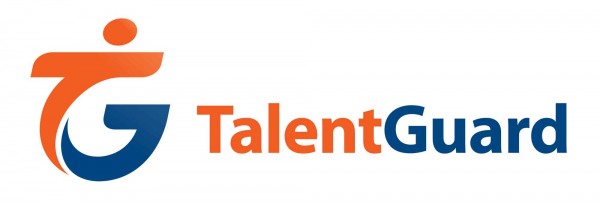TalentGuard Announces New Release of CareerPath Career Development Software

“Before this innovation from TalentGuard, every career development program focused on employees moving up the vertical ladder in a very predictable way. By enabling employees to engage in a lattice approach, they take more ownership over their career path and choose any number of job roles based on their skills, interests, experiences and preferences. Organizations simply don’t have the internal career framework or expertise to make this happen,” said Linda Ginac, CEO of TalentGaurd. “With our continuous focus on career pathing and innovation, our team at TalentGuard has passionately studied the needs of modern internal career mobility, and we have created an effective solution to this frustrating problem.”
Some of the key enhancements of the new CareerPath by TalentGuard include:
• An updated end user interface with a cleaner design and more efficient interactions.
• Integration of Comprehensive Competency and Best-Practice Job Role Profile database consisting of more than 40 business interpersonal competencies, 400 industry specific functional/technological competencies, and more than 750 job role profiles, all fully editable.
• Social Enterprise 2.0 to enable employees to connect with co-workers for real-time feedback and recognition. The career pathing solution can connect employees’ career path interests with internal vacancies to allow them to collaborate with people holding similar roles.

